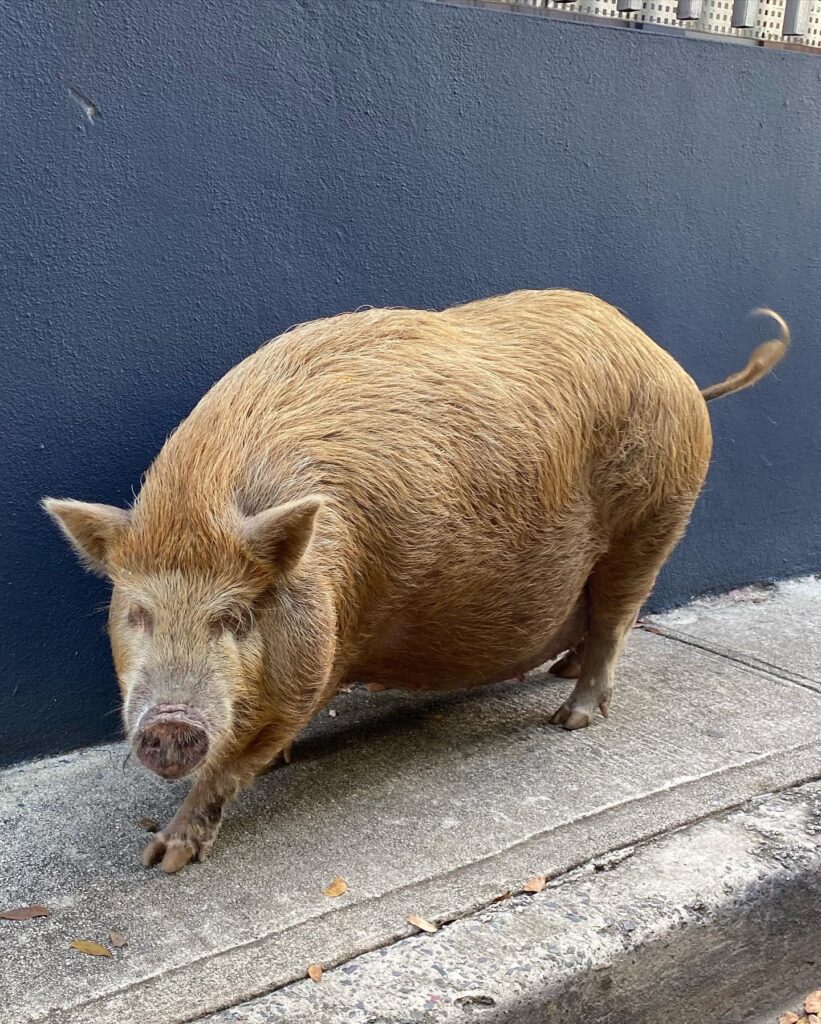
The Bridgestone Corporation is a multinational truck and auto parts manufacturer that has its roots in Japan. Since their conception in 1931, they have grown to sell products in over 150 countries and establish manufacturing plants in about 140 countries and by doing so, claimed the title of world’s largest tire company. These plants can be categorized by tire plants, raw materials plants, and diversified products plants. A universal thread between all of their locations is the mission of “Serving Society with Superior Quality”.

The corporation’s operation in Costa Rica is based in San Jose and is focused on tire production. It was established in 1967 as one of the first transnational corporations in the country. Their goal was to serve the market of Central America with quality tire products. They serve a total of 21 markets in Central America and the Caribbean byway of 100 distributors and more than 800 points of sale. In the 50 plus years of production, the Costa Rica Plant has produced nearly 67 million tires. Bridgestone is also a significant employer for people in the area. They provide 920 people with jobs that are directly involved with the manufacturing process, indirectly employ over 3,000 people through sub-contracting and supply chain positions, and have a Share Service Center in Costa Rica that employs about 230 people.

Bridgestone Coroportation’s presence in Costa Rica is significant and has impacted aspects of the area’s economy, environment, and social dynamic. The overall boost to the economy through job creation, product supply, exports to the region, and the security of its global network has been positive.
As far as the environmental impacts of the tire manufacturing plant, there are plenty of risks. Bridgestone actively works to minimize their environmental impact by focusing on the development of their Corporate Social Responsibility programs. One of these has been the tire reclamation program where they have managed to collect 10 thousand waste tires and build a total of 34 “B-Happy” parks from the recycled tires. They have also made a commitment to lower their emissions as a production facility. The installation of a biomass boiler in the plant has reduced carbon emissions by 55% in the last two years. Other steps include reclysing levels have also reached 93% and a reduction in water consumption by 1% each year.

In my search for negative impacts that Bridgestone Corporation has had in Costa Rica, I surprisingly found very little. I can speculate though that local businesses in the same industry have potentially suffered due to the prominence and success of the corporation.
To encapsulate the overall impact that Bridgestone Corporation has had on the country of Costa Rica, I have included a statement from Vice President of Costa Rica Ana Helena Chacón Echeverría.
“We thank Bridgestone for trusting us and maintaining its operations in our country throughout the decades. This inspires us to work harder and strengthen our commitment to consolidate the stability and investment climates. In addition, we continue to invest in building capacities and the integral development of the population to meet market demands,” she said.

I would argue that the presence of Bridgestone Corporation in Costa Rica aligns with the framework of neoliberalism. It is a private business that is not controlled or overly influenced by the government. It thrives in a free-market where their products are being produced and sold in efficient and productive ways.
Sources
- /* inline tdc_css att *//* portrait */@media (min-width: 768px) and (max-width: 1018px){.tdi_70{margin-top:1px !important;}}/* phone */@media (max-width: 767px){.tdi_70{margin-top:1px !important;}}/* custom css */.tdb-post-meta{ margin-bo, Zúñiga, A., By, Zúñiga, A., .tdb-Author-Photo, /* C. C. */.tdb-A.-B., 6, F., 5, F., 4, F., 30, J., & 31, J. (2021, August 4). Firestone announces Costa Rica expansion. The Tico Times | Costa Rica News | Travel | Real Estate. Retrieved February 6, 2022, from https://ticotimes.net/2021/08/04/firestone-announces-costa-rica-expansion
- Bridgestone Costa Rica grows and creates jobs. Bridgestone Americas, Inc. (n.d.). Retrieved February 6, 2022, from https://www.bridgestoneamericas.com/en/newsroom/press-releases/2016/bridgestone-costa-rica-grows-and-creates-jobs
- Bridgestone Costa Rica celebrates 50 years of Business Leadership and Social Investment. Bridgestone Americas, Inc. (n.d.). Retrieved February 6, 2022, from https://www.bridgestoneamericas.com/en/newsroom/press-releases/2017/bridgestone-costa-rica-celebrates-50-years-of-business-leadershi
- Staff, T. N. (2019, March 18). Bridgestone improves energy efficiency in its Costa Rica tire plant. Traction News. Retrieved February 6, 2022, from http://www.tractionnews.com/bridgestone-improves-energy-efficiency-costa-rica-tire-plant/
- Bridgestone Logo. (n.d.). photograph.
- Bridgestone Tires. (n.d.). carlogos.com. Retrieved February 6, 2022, from https://www.carlogos.org/reviews/largest-tire-manufacturers.html.
- B-Happy Park. (n.d.). Bridgestone Americas. Retrieved February 6, 2022, from https://www.bridgestoneamericas.com/en/newsroom/press-releases/2017/bridgestone-and-hylsa-distribuitor-built-new-playground-made-of-waste-tires-in-dominican-republic.
- 50 Year anniversary. (n.d.). Bridgestone Americas. Retrieved February 6, 2022, from https://www.bridgestoneamericas.com/en/newsroom/press-releases/2017/bridgestone-costa-rica-celebrates-50-years-of-business-leadershi.



















